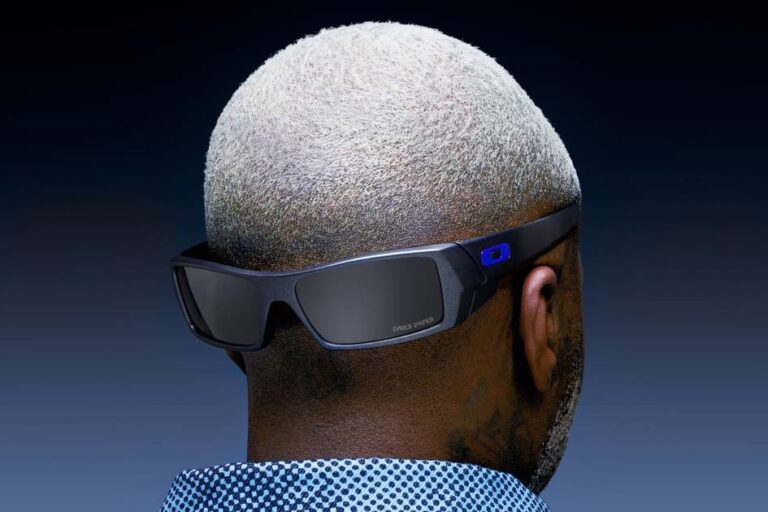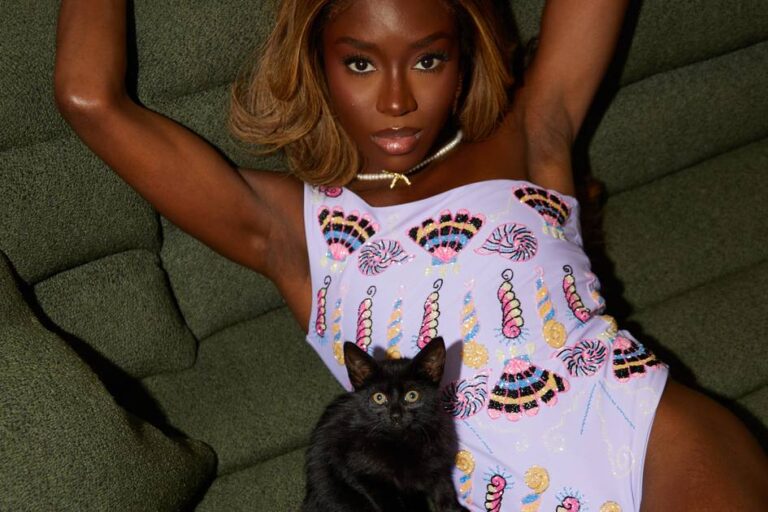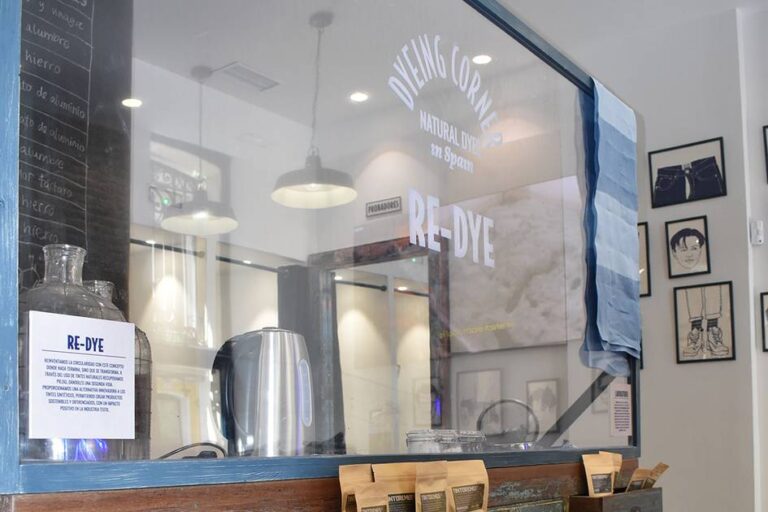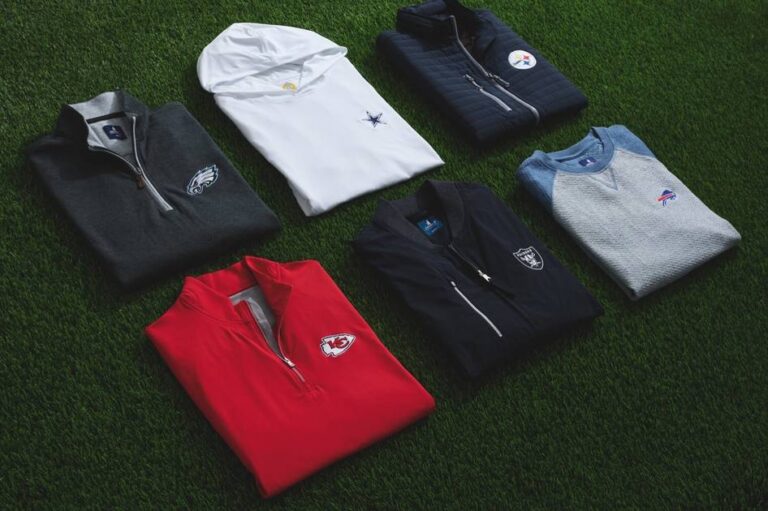Luxury Reimagined: Insights on Brand Connections with Modern Consumers
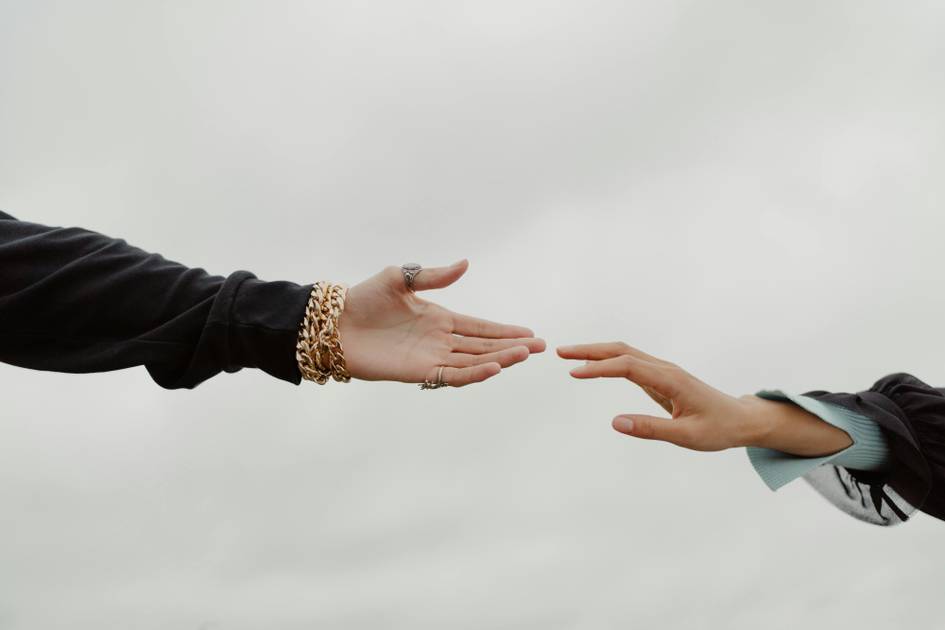
The luxury sector is grappling with a significant challenge: keeping pace with the evolving expectations of consumers. A recent study by Highsnobiety, in collaboration with the Boston Consulting Group, engaged over 66,710 consumers across eleven prominent markets, including China, South Korea, and the US. The results are detailed in a comprehensive white paper.
Noah Johnson, editor-in-chief of Highsnobiety, emphasizes that while luxury fashion has successfully mainstreamed, it has left many customers feeling disillusioned. “The students have outgrown their teachers,” he states, noting that luxury brands often fail to meet the high expectations of a more educated consumer base, particularly when priced excessively.
So, how can luxury brands better resonate with their customers? What shifts do luxury consumers wish to see from their favorite brands? Are we witnessing the end of traditional luxury? This white paper, titled “Luxury Redefined: Stop Selling the Dream. Start Fitting Into Reality,” seeks to dive into these pressing questions.
According to Johnson, “Luxury shoppers are more informed than ever. They expect brands to match their intelligence.” Consumers recognize how quickly fashion trends evolve and are tiring of conventional marketing strategies that no longer resonate with them.
Today’s Luxury Consumers Seek Stability and Authenticity
Today’s luxury shoppers prioritize stability and authenticity. They desire genuine brands and products that can withstand the test of time rather than fleeting trends.
“Consumers are now more conscious of brand values. They have developed a skepticism toward gimmicks and are more discerning about material quality,” he adds. There’s a demand for clothing that reflects the intelligence and awareness of the modern consumer.
Connecting with Luxury Consumers
Unlike previous decades, today’s luxury consumers reject the idea of fitting into a brand’s narrative. They seek brands that integrate naturally into their lifestyles. If consumers turn away from luxury brands, it’s often due to outdated perceptions rather than a rejection of luxury itself.
Luigi Bernasconi, a merchandising consultant from Lugano, states, “The old fashion model—reliant on exclusivity, inflated prices, and artificial hype—is fading.” Spending on luxury items has seen a rise across all demographics, particularly in clothing, shoes, and accessories, with 94% of Gen Z and 97% of baby boomers participating in this trend.
Lara Casselman, an art director from Berlin, shares, “It feels more appealing to invest in niche local brands or unique vintage items than to buy from mainstream luxury companies, especially when their quality may not be exceptional.”
Redefining Newness in Luxury
The demand for constant newness, driven by trend cycles, no longer holds the same significance. The industry is facing a fundamental reevaluation of what it means to be “new.” As pointed out in the study, “New” is increasingly associated with poor quality and hasty production practices, which diminishes its appeal.
This presents a unique opportunity for luxury brands to explore their past and highlight vintage items. The experience of uncovering unique finds during the purchase process is becoming as significant as the products themselves.
Opportunities for the Luxury Industry
The white paper advocates for a new interpretation of luxury, emphasizing a need to slow down amidst fast fashion and technological advancements. Today’s consumers are not shying away from spending; they are simply more selective and looking for enduring pieces that feel like true investments.
It’s crucial to note that luxury is far from extinct; it’s merely evolving. The traditional top-down model is shifting toward a bottom-up approach that prioritizes cultural relevance. As consumers gain greater access to information, they become more adept at educating themselves and forming their own opinions.
Understanding Redefined Luxury
Redefined luxury embodies straightforwardness, focusing on superior materials and craftsmanship. Highsnobiety outlines five crucial areas that have shifted: aspiration is now rooted in relevance, fantasy is replaced with reality, brand aura transitions to product credibility, hype turns into lasting quality, and novelty gives way to legacy.
Luxury’s desirability now hinges on quality, unique designs, strong values, and a genuine social media presence. Consumers are increasingly drawn to brands that showcase ethical practices and meaningful missions.
Consistency and simplicity are also vital components of this new landscape. The study highlights influences shaping style choices among consumers and provides notable case studies of successful brands.
“Today’s luxury fashion is being redefined by consumers who are more discerning, intentional, and less swayed by flashy marketing. The brands that will thrive are those that prioritize substance over style,” concludes the report.
The complete white paper, “Luxury Redefined: Stop Selling the Dream. Start Fitting Into Reality,” is available for download through the Highsnobiety platform.
